Gramma loreto
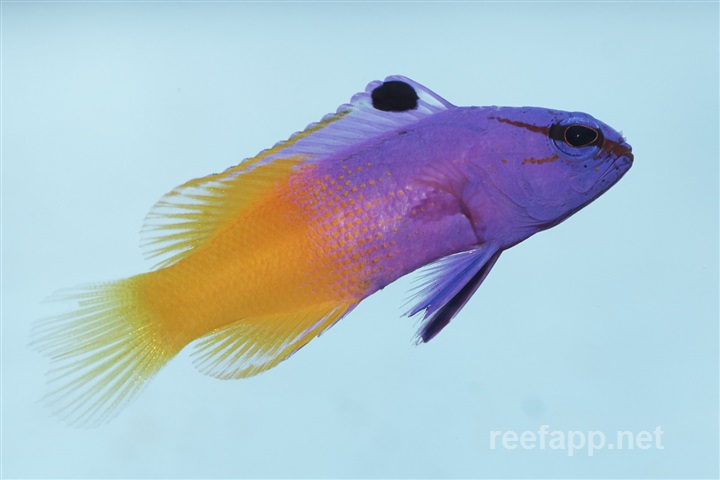
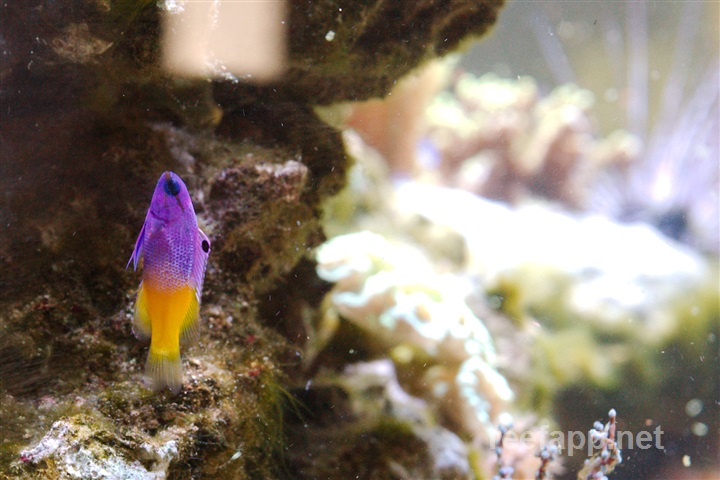
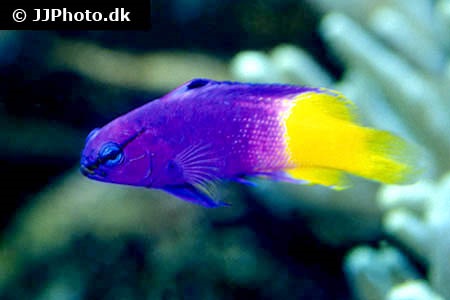
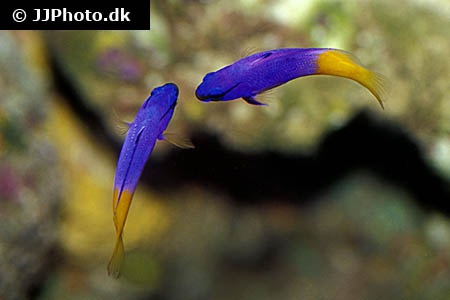
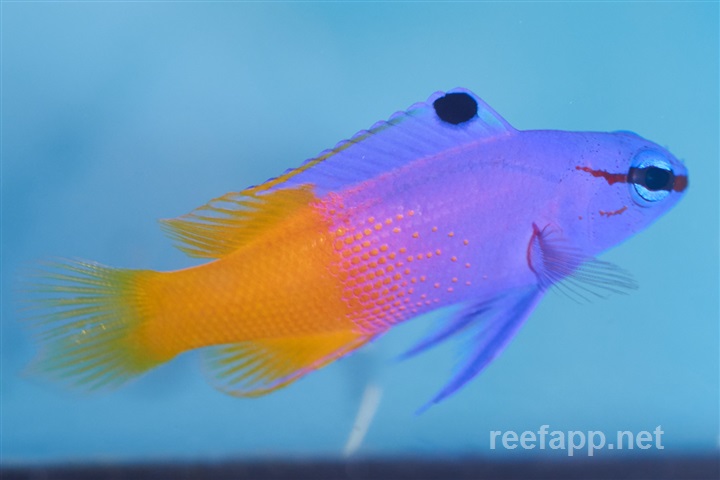
| Latin name | Gramma loreto - Poey, 1868 |
|---|---|
| Local name | Royal Gramma Basslet |
| Family | Grammatidae - Gramma |
| Origin | The Mexican Golf, West Atlantic |
| Max length | 10 cm (3.9") |
| Minimum volume |
100 l (26 gal) |
|---|---|
| Hardiness |
Hardy |
| Suitable for aquarium |
Suitable for most aquarium |
| Reef safe |
Always reef safe |
| Aggressiveness | Docile but might be aggressive towards similar species of same gender |
| Recommended |
Small crustaceans (Krill, mysis, artemia...) Zooplankton (Cyclops, pods...) |
|---|
This species is known to jump out of open aquaria.
This species must be fed with an appropriately varied diet.
This species can live with many of its own kind, when provided with enough space.
This species requires places to hide, especially when newly introduced into the aquarium.
This species is very shy and docile, so one should be careful when keeping it with more aggressive fish.
This species can be bred in captivity, one can therefore consider asking your local fish store for a captive bred specimen.
Basslets (Grammaer) are suitable for most aquaria, as they are a relatively easy and peaceful fish.
They are similar to Dottybacks (Pseudochromidae) in appearance and colour, but are more gentle and therefore a good alternative.
Basslets will always stay hidden if kept together with aggressive Wrasses, for example.
They like vertical rocks with many hiding spots, as it resembles their natural habitat.
Several Basslets can be kept together, but not without risk. One must be ready to separate them, as they sometimes fight by locking jaws.
It can be an advantage to have different sized fish, as this increases the chance of having both males and females. They also require a spacious tank to be able to live together >65 gal (300 liters)
| Aquarium trade | Yes |
|---|---|
| Distribution | Western Central Atlantic: Bermuda, Bahamas, and Central America to northern South America. |
| Danish common names |
Konge-febars |
| English common names |
Fairy basslet |
| German common names |
Feenbarsch |
Scott W. Michael. 2001. Basslets, Dottybacks & Hawkfishes: v. 2 (Reef Fishes) - TFH Publications / Microcosm Ltd. - (English)
Scott W. Michael. Reef Basslets & Grammas - Part 2 - Live Aquaria - (English)
Henry C. Schultz. 2002. Grammas - Reefkeeping Magazine - (English)
Bob Fenner. The Basslets that We Call Grammas, Family Grammatidae - Wet Web Media - (English)

